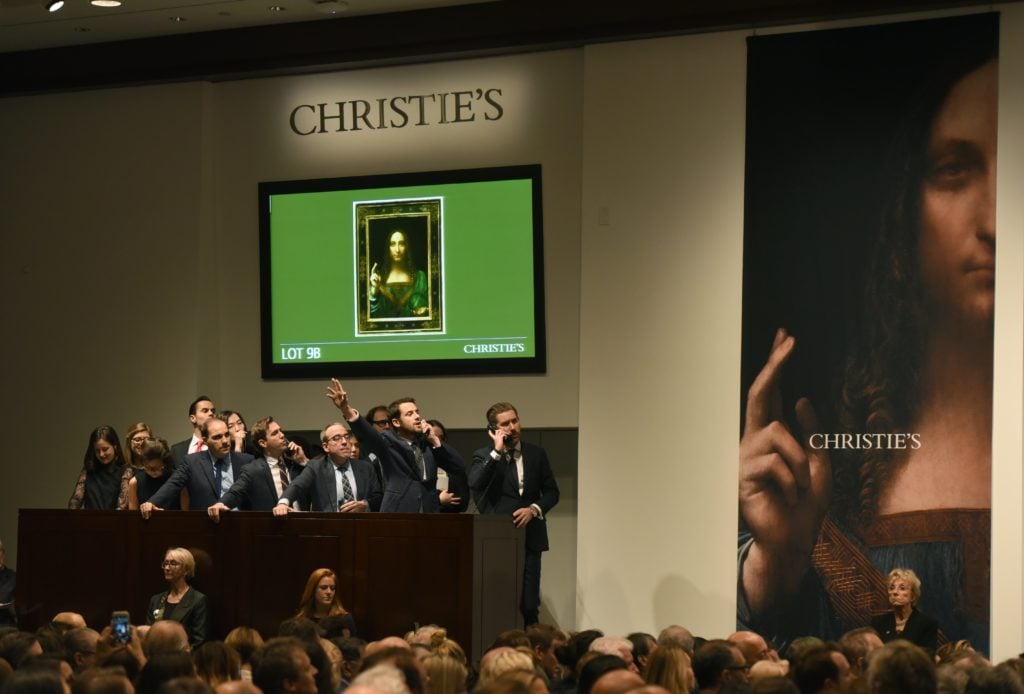Built on a solid Foundation
Sunday, April 26, 2020
Passing the Perceived Small Business Repository
Monday, May 14, 2018
"The Mothers’ Honor Roll"
"The Mothers’ Honor Roll"
‘And a book of remembrance was written’ (Malachi 3:16 KJV).
Is it possible that when we get to Heaven there’ll be a ‘Mothers’ Honor Roll’, listing the names of all the faithful mothers who prayed day and night on behalf of their children and grandchildren? Maybe, but this much we do know: God honors mothers who honor God! He responded to the prayers of Hannah and gave her a son who grew up to be a prophet and lead the nation of Israel. And Paul writes concerning Timothy: ‘I call to remembrance the genuine faith that is in you, which dwelt first in your grandmother Lois and your mother Eunice, and I am persuaded is in you also' (2 Timothy 1:5 NKJV). The Bible tells us God keeps records: ‘Then those who feared the Lord spoke to one another, and the Lord gave attention and heard it, and a book of remembrance was written before Him for those who fear the Lord and who esteem His name’. John writes: ‘I saw the dead, small and great, stand before God; and the books were opened: and another book was opened, which is the book of life: and the dead were judged out of those things which were written in the books, according to their works’ (Revelation 20:12 KJV). Susanna Wesley had nineteen children (nine died as infants), and she spent an hour every day praying for each one by name. Her prayers paid off. One of her sons, John, brought a spiritual awakening to Britain and founded the Methodist Church. Maybe there will be an honor roll for mothers in heaven, and maybe not. But one thing is sure—when mothers pray, God listens and lives are changed. So never stop praying for your kids, Mom.
Saturday, November 25, 2017
So You Just Bought a $450 Million Leonardo da Vinci Painting. Now What?
So You Just Bought a $450 Million Leonardo da Vinci Painting. Now What?


The Lawyer
The Shipper
The Insurer
The Storage Expert
Tuesday, June 20, 2017
"Know Your Calling" (Part #1)
20, June 2017
"Know Your Calling" (Part #1)
‘What is that in your hand?’ Exodus 4:2 NIV
When God called Moses, one of the first questions He asked him was: ‘What is that in your hand’? Moses was holding his shepherd’s staff—the one he used each day to lead and protect his sheep. But God had a different plan for it—a greater one! He used it to part the Red Sea and lead Israel into the Promised Land. When God asks you, ‘What is that in your hand’? He wants you to think about your talents, experiences, relationships, education, resources, your mind and your temperament.
‘Signature strengths’ fall into six categories:
(1) Wisdom and knowledge. These include things like curiosity, love of learning, sound judgment and social intelligence.
(2) Courage. This includes perseverance and integrity.
(3) Humanity. The capacity for kindness, and the ability to express mercy.
(4) Justice. The ability to bring about fairness and leadership.
(5) Temperance. Qualities like self-control, prudence and humility.
(6) Transcendence. An appreciation for beauty, the expression of gratitude, the ability to hope and the capacity for joy. We all have the capacity for each of these strengths, but the ones that resonate most deeply within you are your ‘signature strengths’.
Once you identify these you begin to understand your calling. But be careful; the enemy wants to convince you that God can’t use you because of your weaknesses, when in fact the opposite is true. Who can speak to those who are grieving better than those who’ve suffered loss? Chuck Colson was the chief White House lawyer until Watergate. But only when he became a convict was he equipped to begin his ministry, Prison Fellowship. So, know your calling.
Monday, June 19, 2017
"Having The Right Attitude"
19, June 2017
"Having The Right Attitude"
‘You must have the same attitude that Christ Jesus had.’ Philippians 2:5 NLT
How many jobs do people lose every day because of poor attitudes? How many are passed over for promotion because of the way they approach their work and the people around them? How many marriages fall apart? It would be impossible to calculate.
No one should ever lose a job, miss a promotion, or destroy a marriage because of a poor attitude. Why? Because a person’s attitude isn’t set; it’s a choice. Chuck Swindoll writes: ‘Attitude, to me, is more important than education, than money, than circumstances, than failures, than successes, than what other people think or say or do. It’s more important than appearance, giftedness, or skill. It will make or break a company … a church … a home. The remarkable thing is we have a choice every day regarding the attitude we embrace for that day. We cannot change our past … we cannot change the fact that people act in a certain way. We cannot change the inevitable. The only thing we can do is play on the one string we have, and that is our attitude … I’m convinced that life is 10 per cent what happens to me and 90 per cent how I react to it. And so it is with you … We are in charge of our attitudes.’
Paul writes, ‘You must have the same attitude that Christ Jesus had’. He always approached people with love, grace, acceptance, and a heart to serve rather than be served. So if your attitude hasn’t been as good as it could be, make this your starting point.
Pray: ‘Father, give me a Christlike attitude towards everyone I meet'.
Sunday, June 18, 2017
"Hold On—Help Is On The Way"
18, June 2017
"Hold On—Help Is On The Way"
‘The hair of his head began to grow again.’ Judges 16:22 NKJV
When we think of Samson we usually think about his failures—the steamy story of him and Delilah. It’s true that Samson lost everything: his hair, his strength, his sight, his position, his family, and his reputation. The mightiest man Israel had ever seen was now in a Philistine dungeon: blinded, humiliated, grinding corn like an ox—a laughing stock. But it’s not over until God says it’s over! At his lowest point Samson cried out to God for mercy, and got it. ‘The hair of his head began to grow again'. His hair, which was the secret of his strength, was restored. And as a result his greatest moments in ministry were his last ones!
Today he is mentioned with honor in Hebrews chapter eleven, alongside the other heroes of faith (see Hebrews 11:32). God’s promise is: ‘Those who wait on the Lord shall renew their strength' (Isaiah 40:31 NKJV). You may be hurting right now, but be patient, help is on the way. You prayed, ‘Lord, I’ve fallen and I can’t get up'. Hold on, God is coming to your aid. He’s coming to deliver you and set you free. He’s going to bring you out, set you free from captivity, and restore you.
In the Old Testament when Job the patriarch was battling boils, bankruptcy and bereavement, he said, ‘All the days of my hard service I will wait, till my change comes' (Job 14:14 NKJV). God restored Job and gave him back twice as much as he lost. And He wants to do the same for you. So hold on—help is on the way!